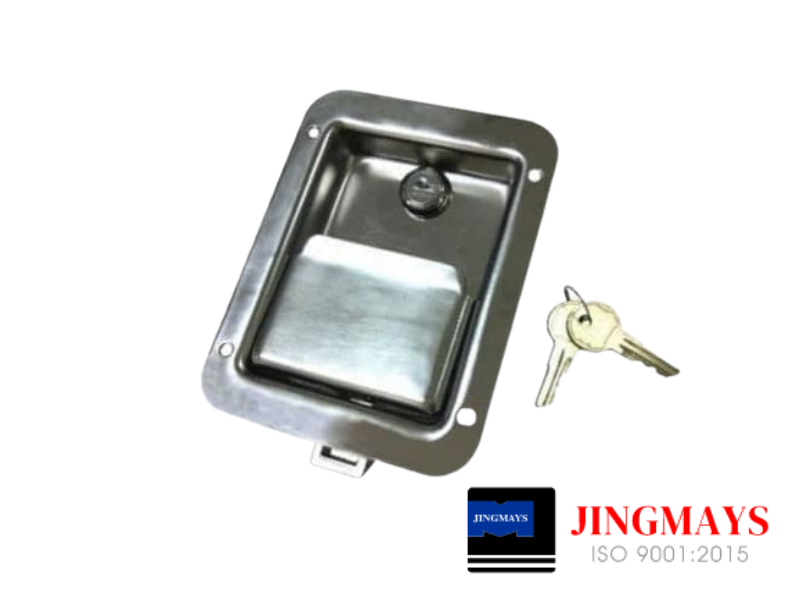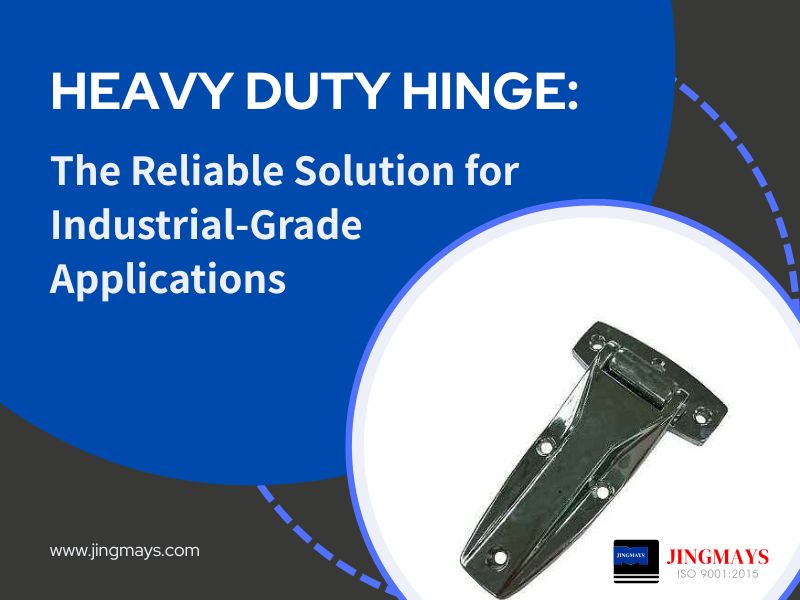General Specifications and Features of Paddle Locks

General Specifications and Features of Paddle Locks
Paddle lock are smart investments that can keep your valuables and properties protected from vandalism and theft. It is quite unfortunate that many individuals and businesses incur losses because of property theft.
The good news is that you can safeguard all of your properties and assets from vandalism and theft with the help of a quality paddle lock.
Paddle locks, also known as paddle latches, can have a variety of design features that make them more appropriate for specific applications. These can also be made with various types of materials, thicknesses, finishes, and many other features.
Here is a quick overview of the general specifications and features of paddle locks.
- Coating and Finishing
Coating and finishing are the secondary processes made on paddle latches to enhance their surface qualities. The common secondary processes for the production of paddle locks are painting, plating, polishing, and powder coating.
Plating is made to form a thin layer of metal like chromium, silver, and zinc. Electrochemical deposition is also used for setting the metal on the part’s surface. This results in a higher resistance to corrosion that allows the lock to be appropriate for outdoor use.
- Buffing and Polishing
Buffing and polishing are done to produce a bright finish and smooth surface. Polished paddle locks are free from burrs as well as other kinds of microscopic defects. It is possible to do polishing mechanically or using the electrochemical process known as electropolishing.
- Painting and Powder Coating
Painting and powder coating can add a layer of polymer material to the part’s surface. Such processes can add better resistance to corrosion to metal paddle locks just like metal plating. Coatings can also have various colors to improve the product’s appearance.
- Handedness
Paddle locks are made to be either right-handed or left-handed. Many designs are also interchangeable with several modifications. However, in instances when these are not among the options, it is possible to determine the handedness by checking the position of the hinges. The hinges’ position, either right or left, determines the door’s handedness and the latch that will be used.
- Material
Paddle locks are often made from different metals. Good examples of such metals are alloy steels, aluminum alloys, carbon steel, copper alloys, and stainless steel. Metals are the top option for manufacturing paddle locks due to their strength, machinability, and formability.
The external characteristics are also further improved with the secondary processes like coating and finishing. Other kinds of materials like rubbers and plastic are also added as wraps or trims to reduce vibration or provide shock absorption.
- Mounting
There are also several forms of mounting that are used for the installation of paddle locks. The latches that are used in architectural applications can be surface-mounted, mortised, or flush-mounted.
- Strengths
Paddle lock can also be classified as heavy, medium, or light-duty. They vary in terms of the thickness of the metal plate or sheet metal used for forming the rotors, barrels, and backing plates. The bolts and cam can also have varied thicknesses. These are designed to endure bending, shearing, and impact stresses.


